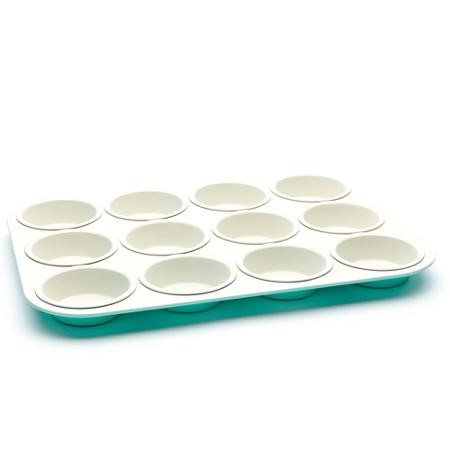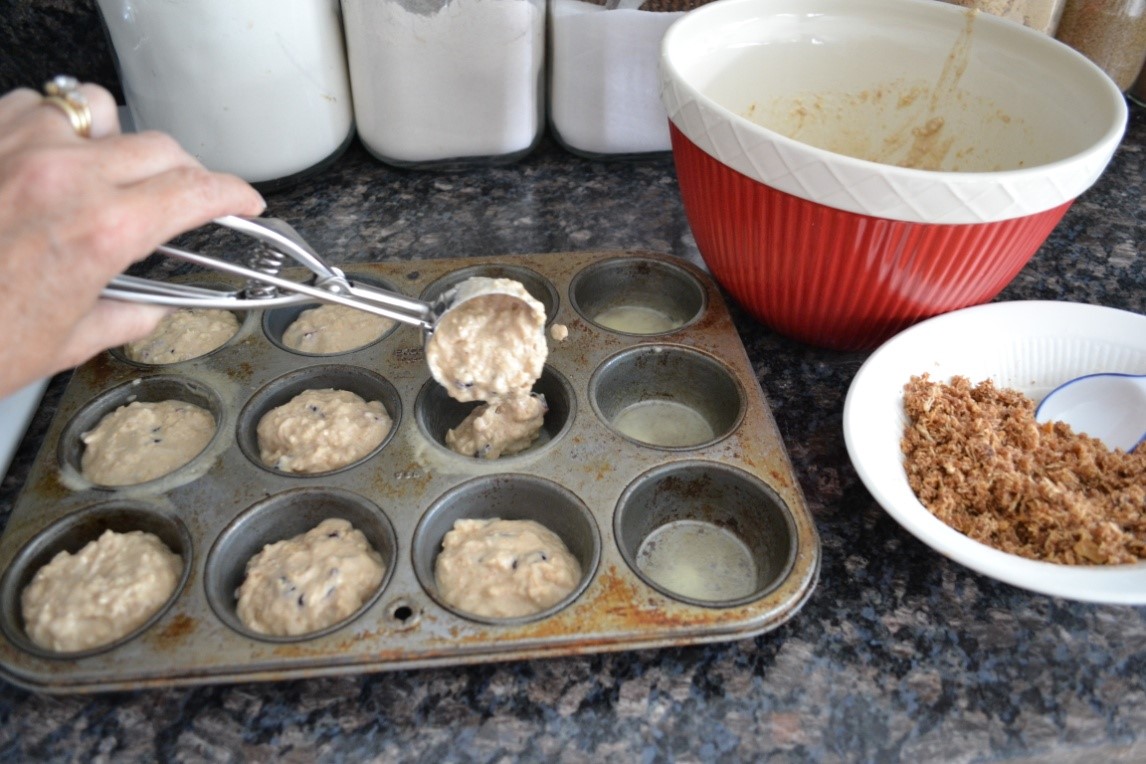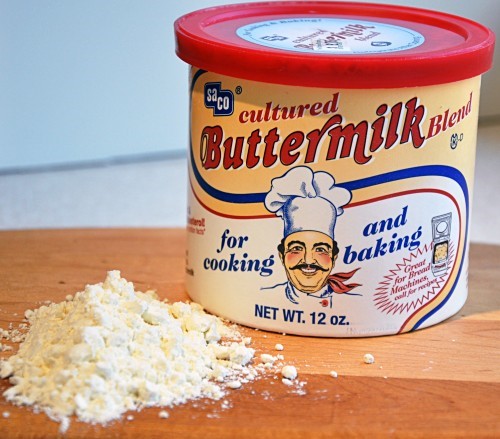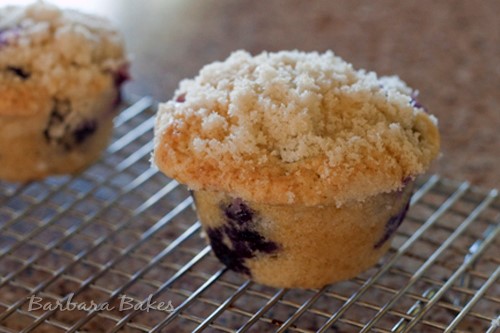Tips for PERFECT Muffins Every Time!

Winter time is the best time for baking, wouldn’t you agree? And muffin-baking is one of my favorite baking pursuits. If you like baking muffins, too, then read on for some excellent advice on how to turn out perfect muffins every time. (This information comes from The Farmer’s Almanac!)
First, we should know that most muffin recipes call for a 12–cup muffin pan, each cup having a capacity of about 1/3 cup. This has become a standard size for all the new muffin pans available today. If your pan has larger or smaller cups, adjust the baking time by about five minutes more for the larger muffins, five minutes less for the smaller ones. If muffins in the small cups get too brown, reduce the recipe’s oven temperature by 15 to 20 degrees.

Most muffin recipes offer dire warnings: “Don't overmix! And, “Fill muffin cups only a fraction of the way—from 1/2 to 2/3.” The Farmer’s Almanac says to ignore all this and use common sense. Don't be afraid to stir the ingredients together until they look like batter. Just remember not to use an electric mixer, since beating the batter does produce hockey pucks.

Depending on what ingredients you're using, the batter will range from runny (like thin cake batter) to very thick (like drop-cookie dough). As a general rule, the thinner the batter, the lighter the muffins will be when baked. But don't be afraid to bake thick, gloppy batter. It can yield moist muffins with extra keeping power.

Keep your pantry stocked with imaginative muffin-additions: raisins, nuts, dried cranberries, dried blueberries, canned pumpkin or squash, applesauce, pineapple tidbits, dry or cooked breakfast cereal, wheat germ, and granola.
Grease muffin pans well before adding the batter. Save paper from sticks of butter for this, or use an oil spray. (After experimenting with paper baking cups and with greased pans, I've come to prefer the greased pans. Sometimes the bottoms of muffins get soggy, or stick to paper baking cups.)
If you end up with too little batter in your batch for the number of cups in your pan, put a little water in the empties to keep the greased surfaces from scorching in the oven.
Add a special effect before baking muffins: sprinkle them with sugar or cinnamon sugar. Or use this delicious recipe for a crumb topping:

1 cup flour
1 cup brown sugar
1 cup rolled oats or granola
2 teaspoons cinnamon
½ cup cold butter, cut into small bits
In a food processor pulse together until the mixture forms fine crumbs. Store in a covered jar in the freezer and use as needed.
Finally, here’s what to do with leftover muffins (like that ever happens): Split them in half, butter each half, add a sprinkle of white or brown sugar, and place them under the broiler for a couple of minutes. Be careful reheating them in a microwave; they can quickly get soggy.
- www.almanac.com
- www.walmart.com
- www.thedeerslayerswife.com
- www.chestercountyramblings.com
- www.barbarabakes.com
 Alice Osborne
Alice Osborne
Weekly Newsletter Contributor since 2006
Email the author! alice@dvo.com
